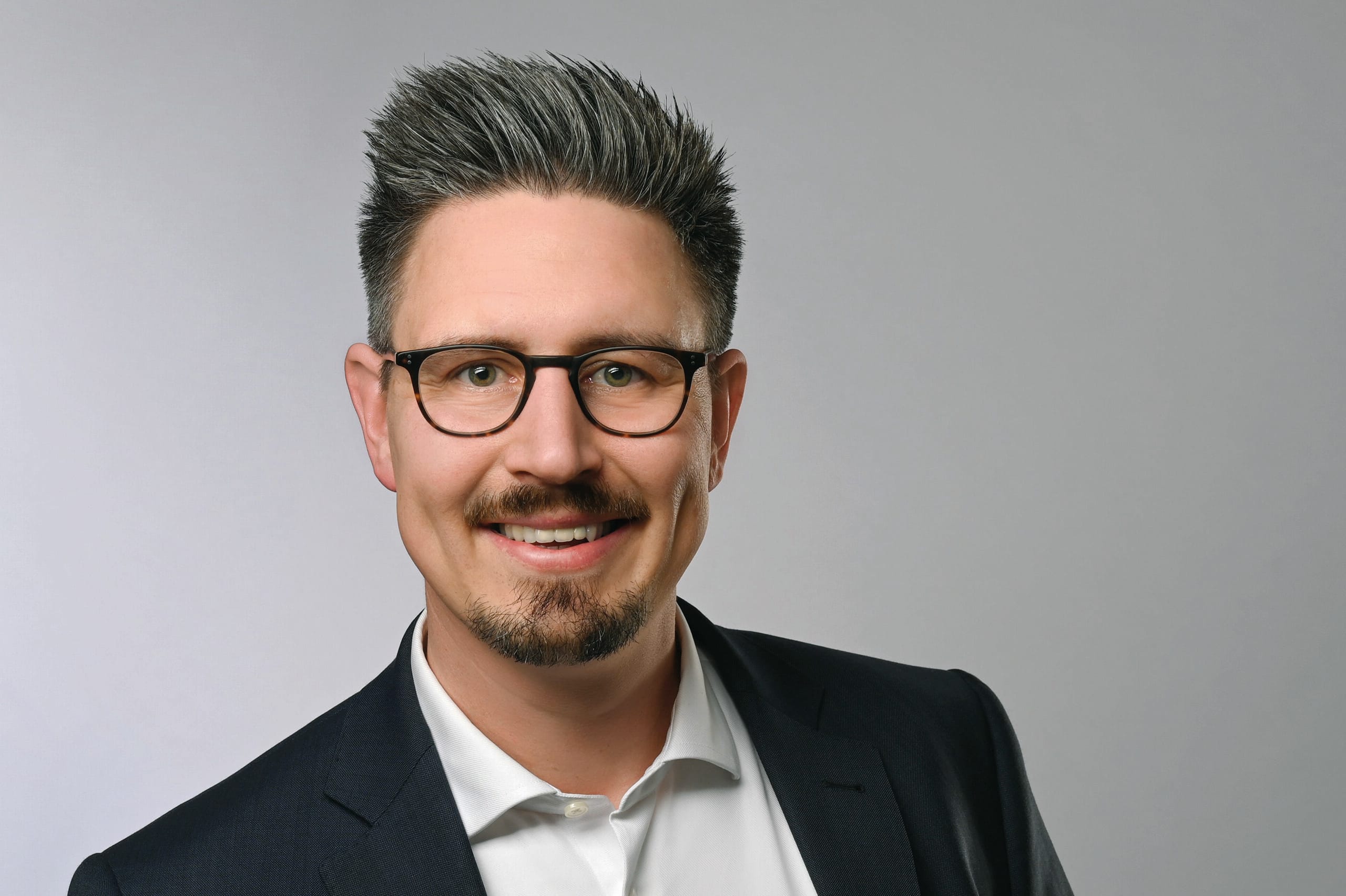

Despite the imminent end of support for SAP R/3 in 2030, the S/4 transformation is running slowly in many companies—and often less effectively than hoped. As a recent Horváth study shows, in retrospect 46 percent of companies would have planned more time for the project, 41 percent would have estimated a higher budget and 30 percent would have limited the scope of the project more clearly. 73 percent of the managers surveyed are of the opinion that the budget and capacities for the transformation are generally too tight.
Another finding: too many companies are overloading the S/4 transformation with parallel initiatives—such as the replacement of third-party systems, the realignment of the management model or the introduction of digital tools and AI solutions.
The result: conflicting goals, complexity and a lack of focus. "Many transformation projects lose clarity and consistency halfway through," says Stefan Maus, Partner at Horváth. "Only those who regularly review strategic goals, consistently live governance structures and continuously optimize them—even after the go-live—will benefit in the long term."
Loss of strategy in the course of the project
Around 73% of respondents note that the added value expected in advance is significantly higher than the effects actually realized. At the same time, the commitment of key stakeholders decreases noticeably over the course of the project (68% agree). Another 68% of respondents also report that project scope or quality is cut in order to keep to the schedule.
Central objectives such as the optimization of business processes (36 percent), the development of digital foundations for AI or the standardization of processes (31percent each) lose weight as a result - or are completely lost from view. "The prioritization of measures—for example according to 'must-haves' and 'nice-to-haves'—is often neglected," says Maus. "Top management and specialist departments also often get actively involved too late or are not sufficiently involved."

"Many transformation projects lose
halfway to clarity and consistency."
Stefan Maus,
Partner,
Horváth
98 percent of companies seek external support when converting to S/4, with IT consultants being the most important source of support at 61 percent, followed by strategy and process consulting (46 percent). Change consulting has so far only been used by 21 percent, although its early involvement can be decisive for the acceptance and success of the transformation. And even after successful implementation, the work is not done.
Companies should continuously check where there is a need for further optimization. There are no standard solutions—a strategically anchored optimization agenda is crucial. "If you want to benefit in the long term, you should actively surf the optimization wave after the changeover and stay on the ball strategically," says Stefan Maus. For the Horváth study "Business Transformation Unlocked—Maximizing the Benefits of S/4", 200 companies in the DACH region, Northern and Eastern Europe and the USA were surveyed that use SAP and have an annual turnover of at least 200 million euros and at least 200 employees.






